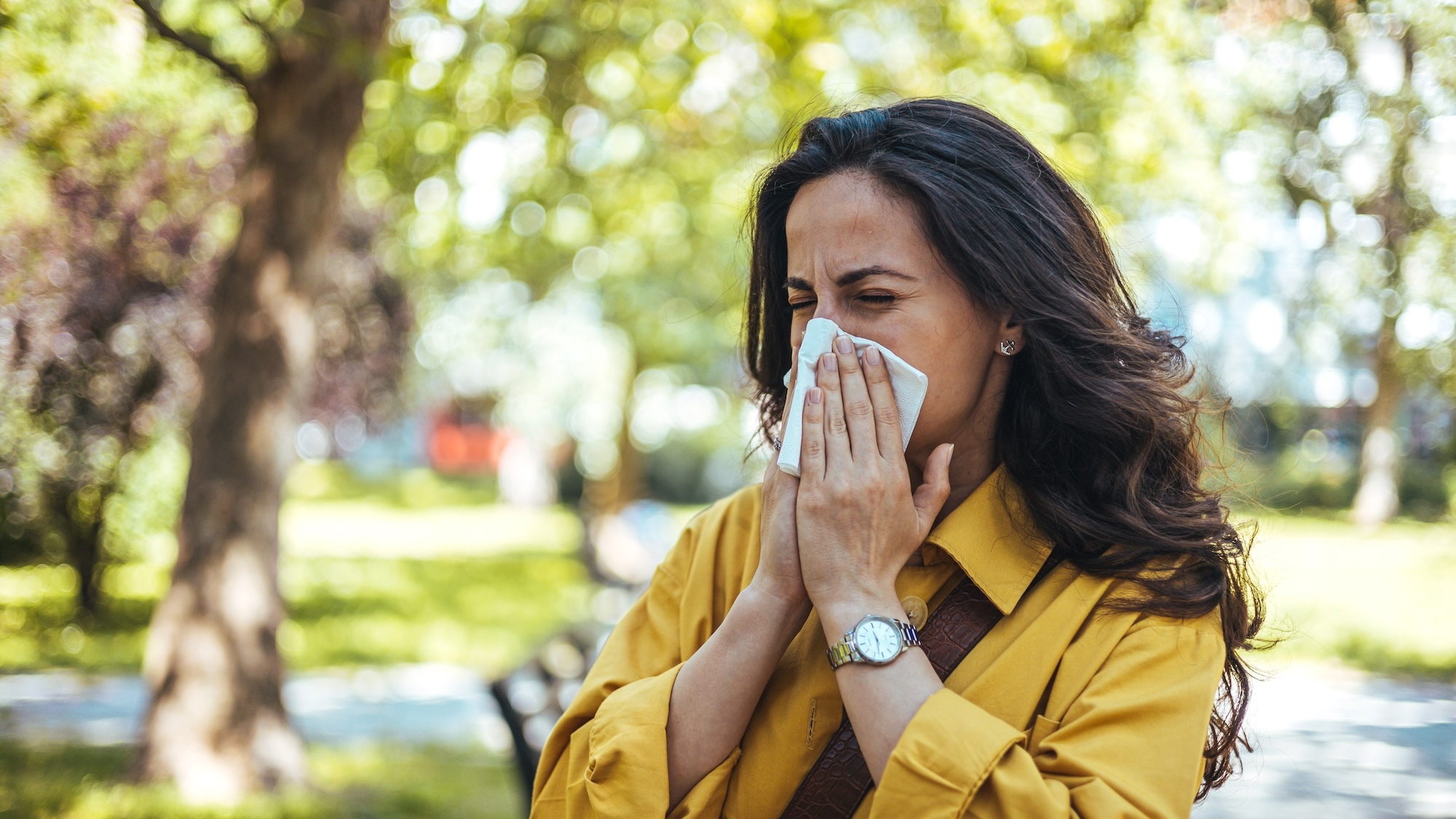The Early Return of Pollen in Gironde
A surprising and dreaded phenomenon is shaking up the calm of early spring: the traditional pollen allergies. But this year, they are arriving much earlier than usual. The alert now concerns 30 departments, compared to just 10 the previous week.
The cause: the premature flowering of pollen from cypress and yew trees, mainly cypress, thuja, and junipers, whose concentration in the air is significantly increasing. Pollen from hazel and alder (from the birch family) is also making its presence known, particularly in the southwest and the center of the country.
⚠️ Alerte pollen ! 🤧 Mauvaise nouvelle pour les nez sensibles, et on ne parle pas de celui de Kylian Mbappé 😉😂🤣
— Réseau National de Surveillance Aérobiologique (@rnsa_pollen) June 24, 2024
Le risque d'allergie sera élevé encore cette semaine en France pour les pollens de graminées🌾
Par contre, il sera plus faible pour les autres #pollens Bon courage pic.twitter.com/h2wIDFfVSb
An Explosive Concentration!
In the Gironde region, this red alert covers the entire department, highlighting a high risk of allergies due to the combination of cypress and deciduous tree pollen. With a mild, sunny, and breezy climate expected in the coming days, these conditions are perfect for spreading pollen in the air, increasing risks for sensitive individuals. The RNSA also warns about the rising concentration of hazel and alder pollen, a phenomenon especially prevalent in the southwest that directly affects the people of Gironde.
Voici les bons gestes à suivre pour se protéger des pollens et limiter votre exposition : consultez régulièrement la carte de vigilance des pollens sur notre site internet, rincez vos cheveux le soir, aérez les logements avant le lever et après le coucher du soleil si possible... pic.twitter.com/f4c5lNDrzc
— Réseau National de Surveillance Aérobiologique (@rnsa_pollen) February 15, 2024
The recommendations from the RNSA are clear: avoid outdoor sports activities, rinse your hair after exposure to pollen, and ensure daily ventilation of living spaces for at least 10 minutes, even during intense pollen periods.
